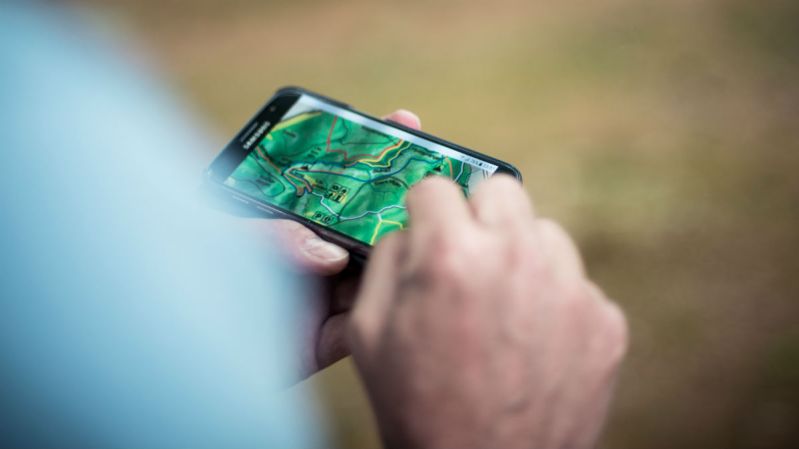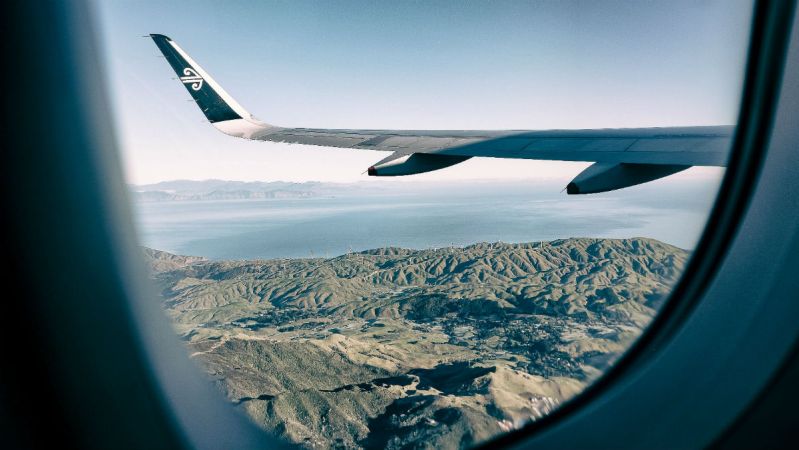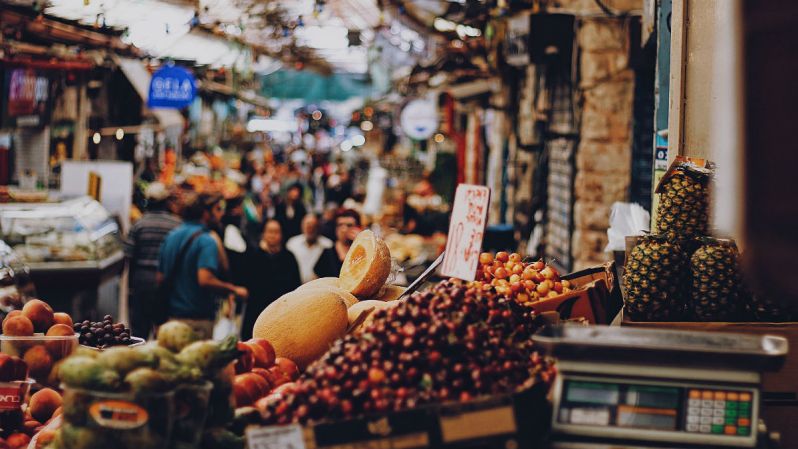Most people love the idea of being eco-friendly. However, it becomes increasingly complicated when venturing away from home. While travel expands our minds and promotes a better understanding of the world around us, it can also have a serious carbon footprint and a negative impact on the environment.
Here are nine tips for minimizing the your impact while still achieving that great Instagram content for your friends and family back home.

Go Digital
Consider utilizing your smartphone for boarding passes, maps, and travel guides instead of printing or purchasing paper versions. Not only do these digital guides and documents provide a convenient way to access the information, they are also much lighter than a carry-on bag full of books and folders.
Choose a Green Hotel
In the United States, LEED certification is given to buildings that meet certain “green” requirements. If traveling internationally, look for options that utilize sustainability initiatives like solar or wind power, low-flow toilets, and energy efficient lighting. If you’re planning a cruise vacation, maybe opt for the world’s most eco-friendly cruise ship instead.
Utilize the “Do Not Disturb” Sign
Aside from providing the opportunity for you to sleep in (or prevent an awkward moment with housekeeping), utilizing the “Do Not Disturb” sign during your entire hotel stay is good for the environment. Why? It’s more environmentally friendly to use bath towels for multiple days, the hotel will avoid using electricity to vacuum your room daily, and skipping the daily linen change will reduce the use of chemical cleaning agents and water.

Fly Non-Stop When Possible
Non-stop flights can be pricey, but they’re worth the splurge, both for convenience and environmental impact. A significant percentage of a plane’s carbon emissions is generated during its takeoff and landing.
Use Public Transit or Your Own Legs
Walking, biking, and using public transit is a great way to experience a new culture while reducing your eco impact (and not to mention, get some exercise in after a long trip). If you must rent a car, opt for a fuel efficient option or go hybrid.
Carry a Reusable Water Bottle
Disposable plastic water bottles require lots of energy and resources to produce, and can take more than 400 years to break down. Consider the number of disposable plastic bottles you might use on a given trip. That number adds up quick, doesn’t it? Bring a reusable water bottle instead.

Eat Locally Sourced Foods
Support the regional farmers by seeking out restaurants that provide dishes prepared with locally sourced produce and meat. You’re supporting the community and economy by keeping that food as close to home as possible — which also means you’ll reduce your carbon footprint to skip freight.
Recycle
Call ahead and ask your hotel if they recycle. If not, consider looking for options nearby. If you’re driving to your destination, you can also pack up your recyclables and carry them home or to a recycling station.
Prep Your Home Before You Leave
Heating and air conditioning systems account for the largest usage of energy. During warmer months, consider raising the thermostat to a higher temperature (or turn it off all together and have a friend or neighbor turn it on prior to your return). During cooler months, lower the thermostat to a temperature that will prevent pipes from freezing but won’t waste energy warming an empty home. If you plan to be gone for more than a few days, consider lowering the temperature on the hot water tank. In addition to turning off lights prior to leaving home, unplug devices that draw electricity perpetually like televisions and computers.


